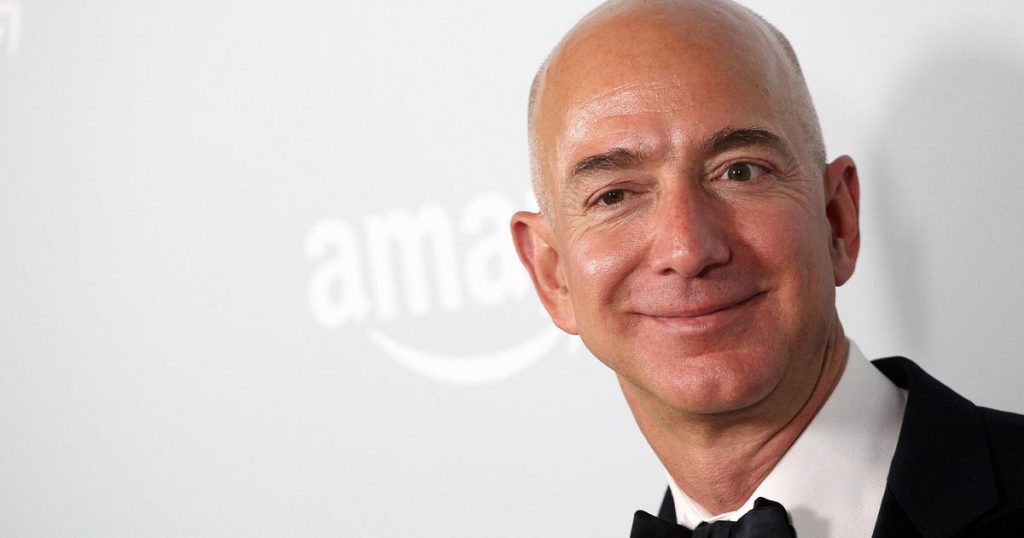The U.S. economy sped up in the second quarter, expanding 4.1 percent, the Commerce Department said Friday. It’s the first time in four years economic growth broke the 4 percent mark.
Strong consumer and government spending fueled the increase, as did a short-term jump in trade ahead of tariffs announced by the White House and U.S. trading partners. First-quarter growth was also revised to 2.2 percent, a slight increase from the previous estimate.
Economists had expected the nation’s gross domestic product — the broadest measure of goods and services produced in the U.S. — to reach 4.4 percent. On Thursday, President Donald Trump suggested GDP could top 5 percent in trumpeting the economy’s performance before steel workers in Granite City, Illinois.
On Friday, he tweeted about the “GREAT GDP numbers.”
The tax cut the president pushed last year is a major reason behind the jump in growth, economists said.
“Overall, helped by the massive fiscal stimulus, the economy enjoyed a strong first half of this year but, as the stimulus fades and monetary policy becomes progressively tighter, we expect GDP growth to slow markedly from mid-2019 onwards,” said Paul Ashworth, chief U.S. economist with Capital Economics, in a note to clients.
Brian Coulton, chief economist with credit ratings agency Fitch, attributed the strong quarter largely to a healthy job market, which he said is lifting consumer income and confidence. He also noted the boost to GDP from U.S. exports even amid America’s ongoing trade disputes, which also fueled the pick-up in activity.
Quarterly growth of 4 percent or more, while a sign of a healthy economy, is not uncommon. Economic activity reached that level in 2011, 2013 and twice in 2014:

The larger challenge will be sustaining that growth. Under the Obama administration, annual economic growth couldn’t break out of the 1-to-2-percent range. In the first full year of the Trump administration, the economy grew at 2.3 percent.
Despite the strong second quarter, the forecast for 2018 remains at 2.8 percent, according to the Federal Reserve’s rate-setting body. Private-sector economists also expect growth around 3 percent.
“If we look at where the economy is now, at full employment, the economy’s growth is constrained by how fast the labor force is growing,” said Robert Murphy, associate professor of economics at Boston College. “That depends on the birth rate and it also depends on immigration, and it’s not going to change in the short term unless you radicalize immigration policy.”
“You can pump up demand in the short term; that’s what a tax cut does. But you can’t sustain it because you’re not going to have the resources to keep pushing at that rate,” he said.
The latest GDP figure is the Commerce Department’s first readout of economic growth between April and June. The agency will revise its estimate twice more in the coming months.
— The Associated Press contributed reporting
© 2018 CBS Interactive Inc.. All Rights Reserved.

